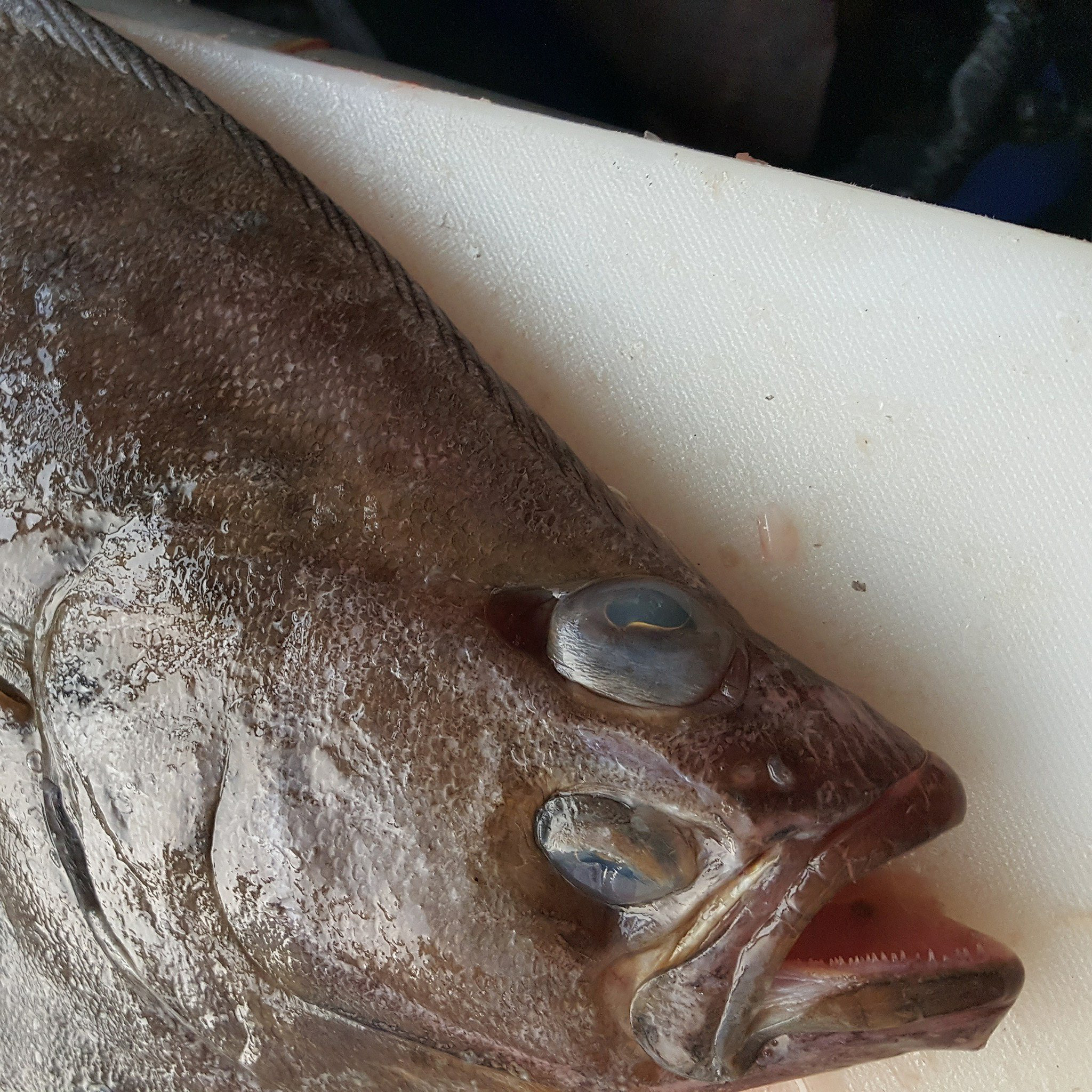West Coast trawlers targeting petrale sole in October and November saw healthy ex-vessel prices for their deliveries. Now that the biomass has rebounded after efforts to rebuild the population, quotas in recent years have risen from around 2,500 metric tons to 2,910 metric tons in 2016 and 2,745 metric tons in 2017. Quotas are expected to ratchet upward slightly to 3,013 metric tons for 2018.
Whether trawlers will be able to land their allotted quota rides on the quotas designated for other stocks, as petrale often swim in schools with other species.
“We have the IFQ system, and they give you a certain amount of this kind of fish and that kind of fish,” says Scott Adams, operations and production manager with Hallmark Fisheries in Charleston, Ore.
The industry has made inroads toward rebuilding petrale, and rockfish stocks incidentally caught along with petrale, since management plans were rewritten to protect the various species complexes and implemented in 2000.
A catch sharing system that allows fishermen to trade quota shares for petrale and other species via lease agreements has been used with some success in reaching the harvest.
However, the price per pound at which fishermen can lease shares from each other to catch petrale determines their participation.
Last year, trawlers caught less than 2,000 metric tons for lack of effort when the cost per pound of shares traded at around 35 cents. With ex-vessel prices hovering at around $1.15, the margin between dockside offers and the cost of shares becomes too narrow. In other years the shares traded at around 25 cents per pound.
This year, trawlers appear to be on track to catch the quota.
“I think most of these guys are going to get their petrale,” says Adams.
As for the ex-vessel prices, Adams says boats have averaged $1.25 per pound. Even better, the fish have been running slightly larger this year.
— Charlie Ess







